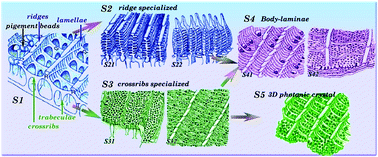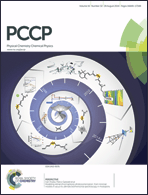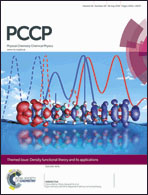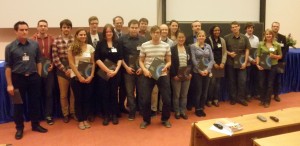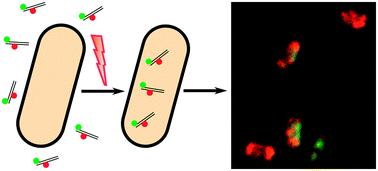PCCP was delighted to award poster prizes at the National Training School in Theoretical Chemistry which recently took place at Oxford University, UK. The School is for graduate students from across the UK and aims to provide a broad-based introduction to key concepts and techniques that underpin research in theoretical and computational chemistry.
The posters were judged by Prof. Knowles, University of Cardiff and Prof. Doye, University of Oxford and each student received a PCCP prize certificate, as well as a financial award from the journal. The winners were:
- Jack Davis, from Birmingham University, with a poster entitled Characterisation of Chemical Ordering in Palladium-Iridium Nanoalloys
- Robert Pennifold, from Bristol, whose poster was entitled Understanding Reaction Mechanisms in Metal Catalysts using Ab Initio Methods
- Julien Sindt, from Edinburgh University, with his poster Effective many-body interactions in polar fluids and their effects on structure and phase behaviour
PCCP will be awarding more Poster Prizes next year, so please do let us know of any suitable conferences which PCCP could sponsor in 2015.












